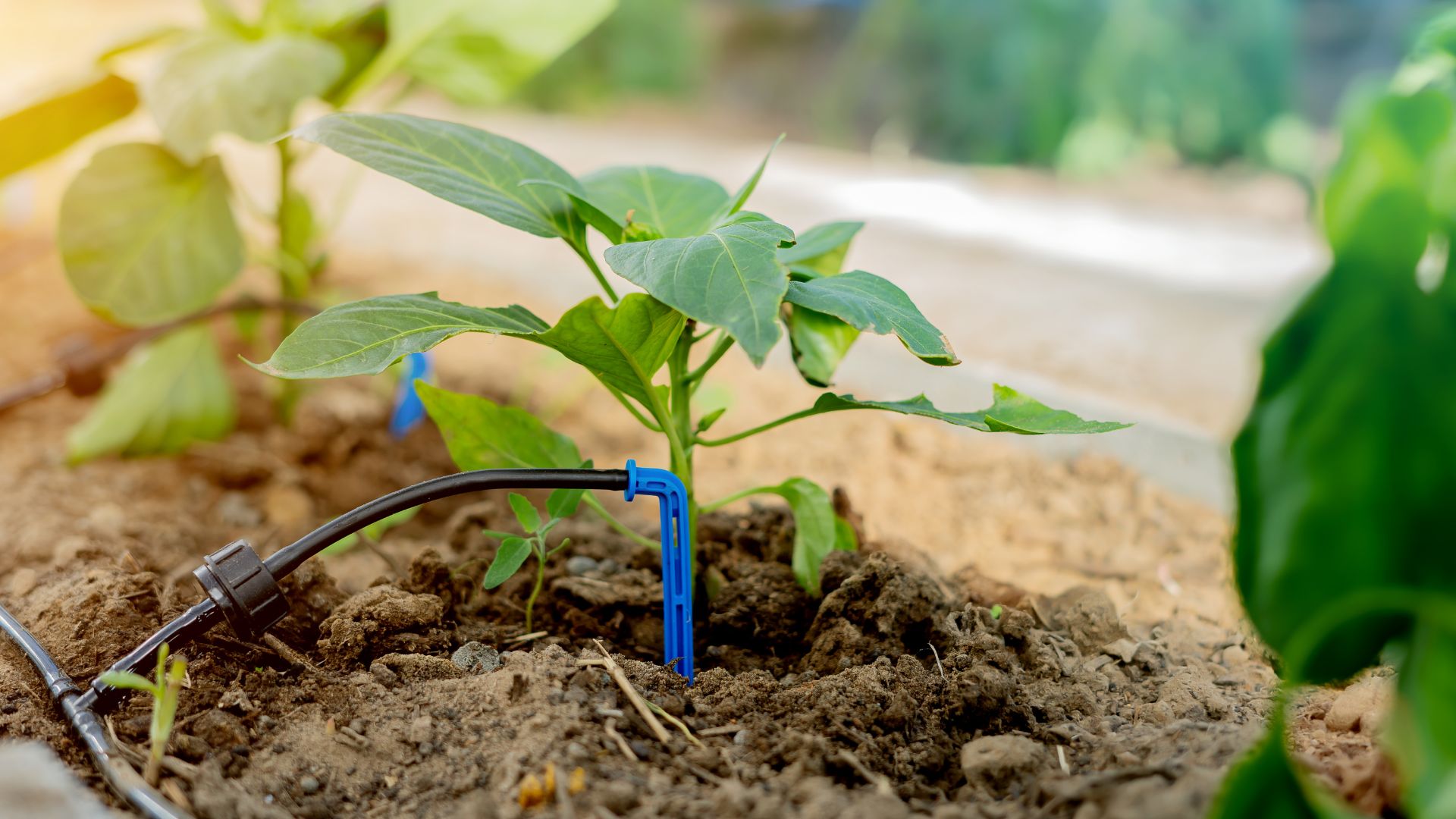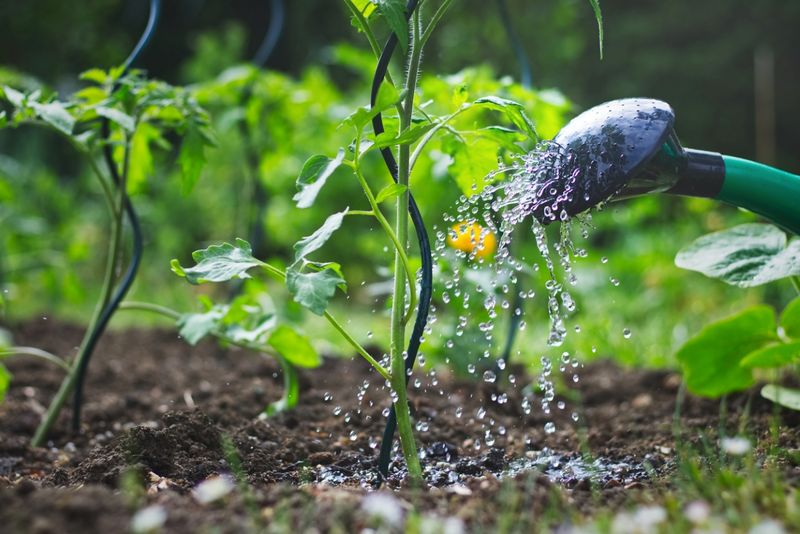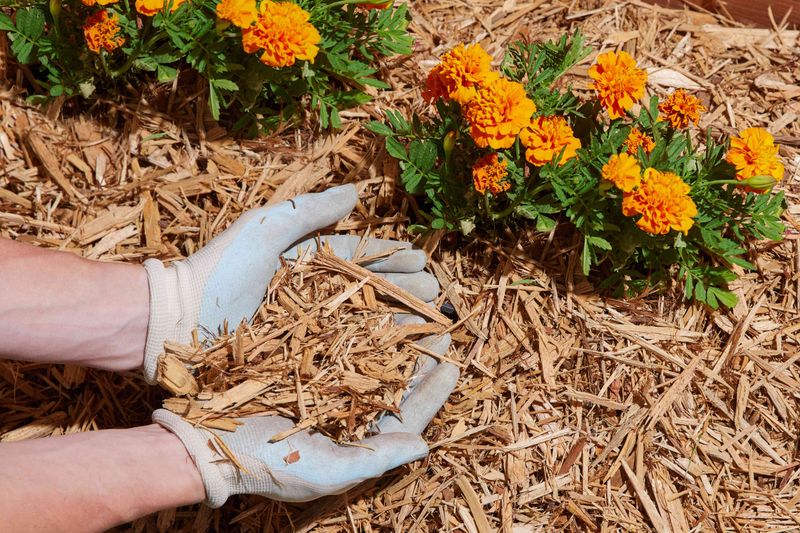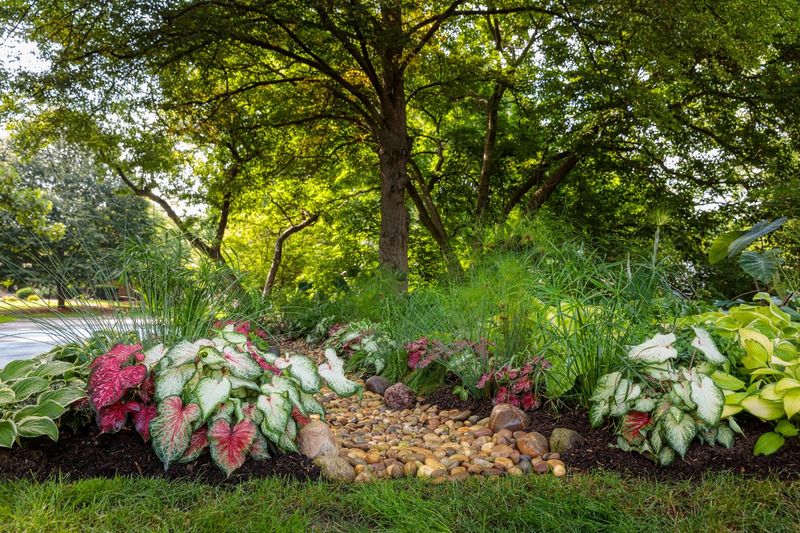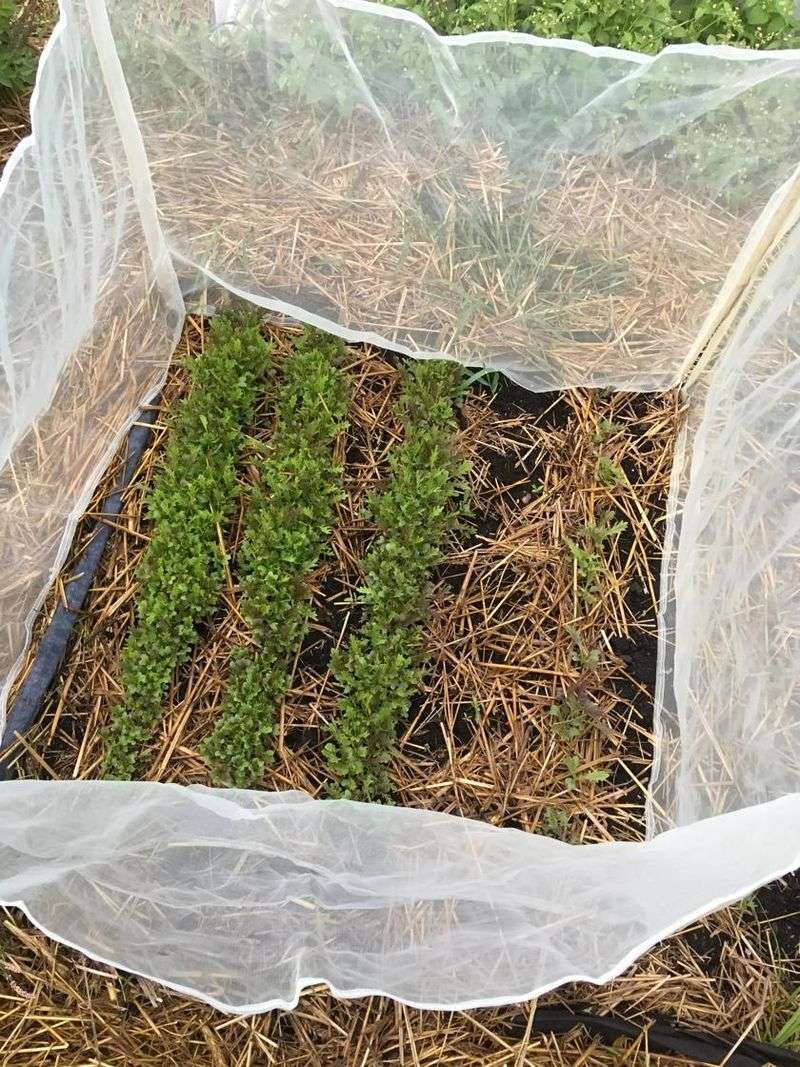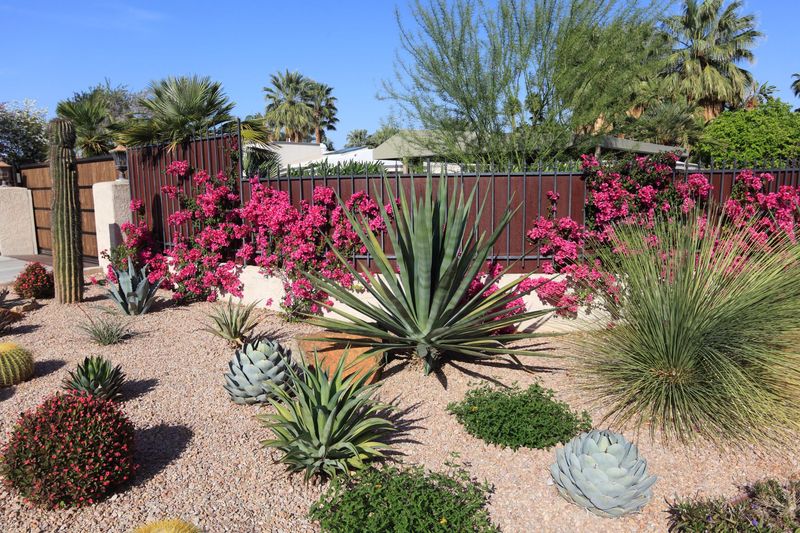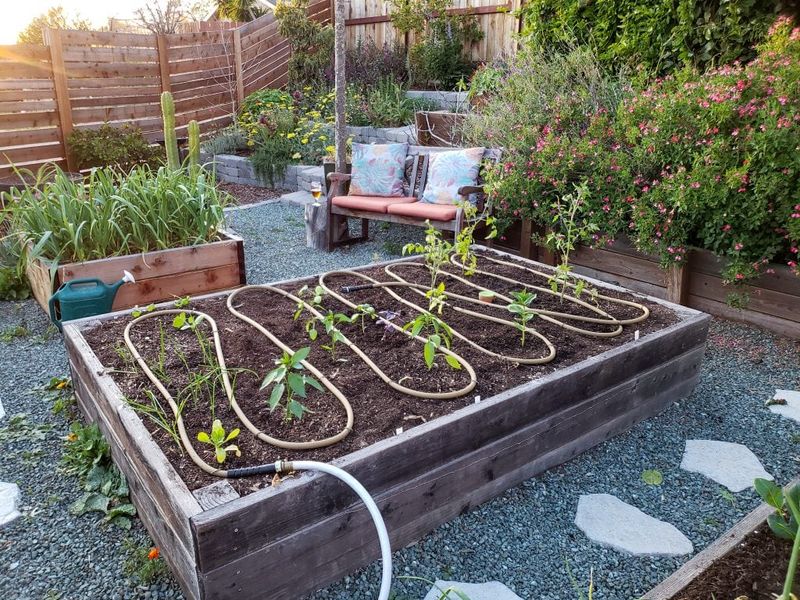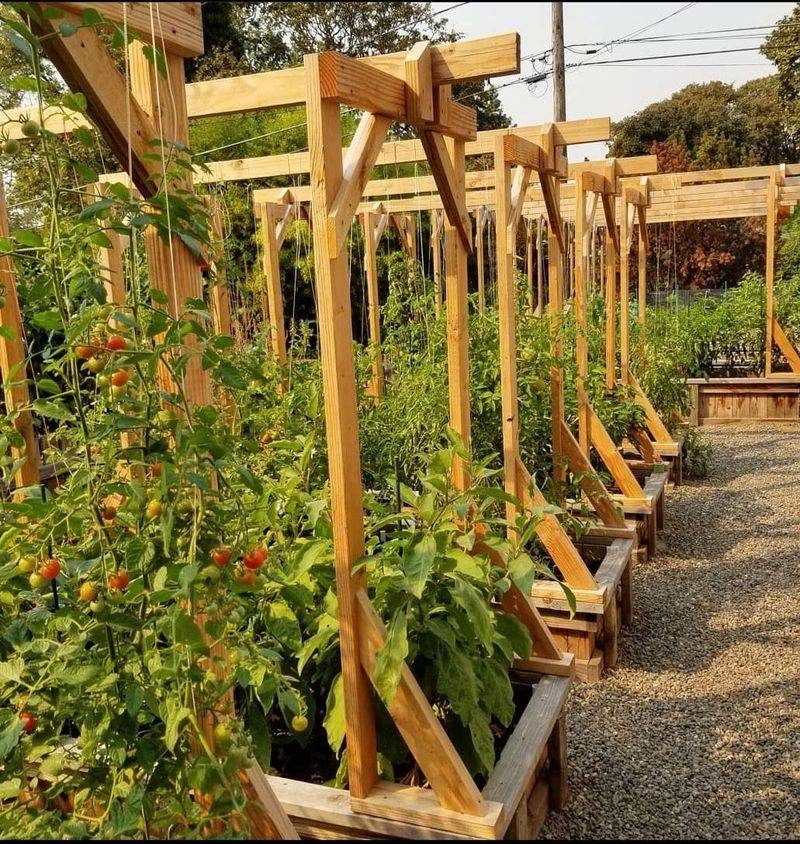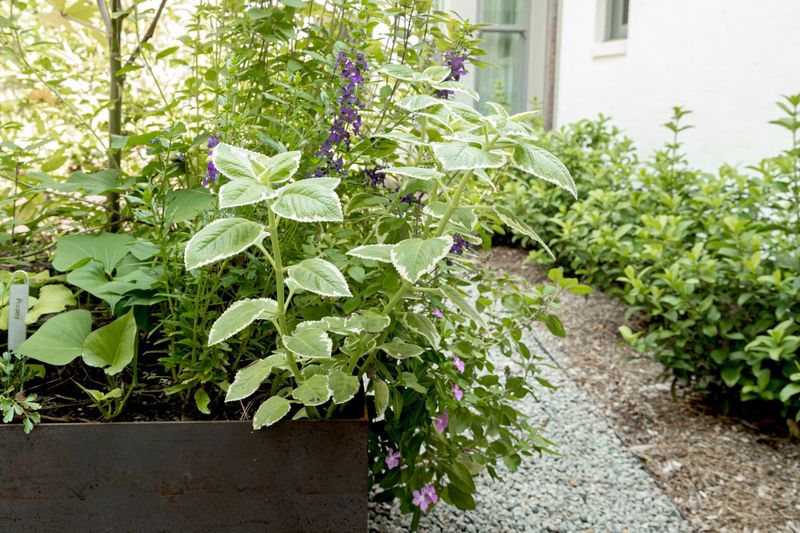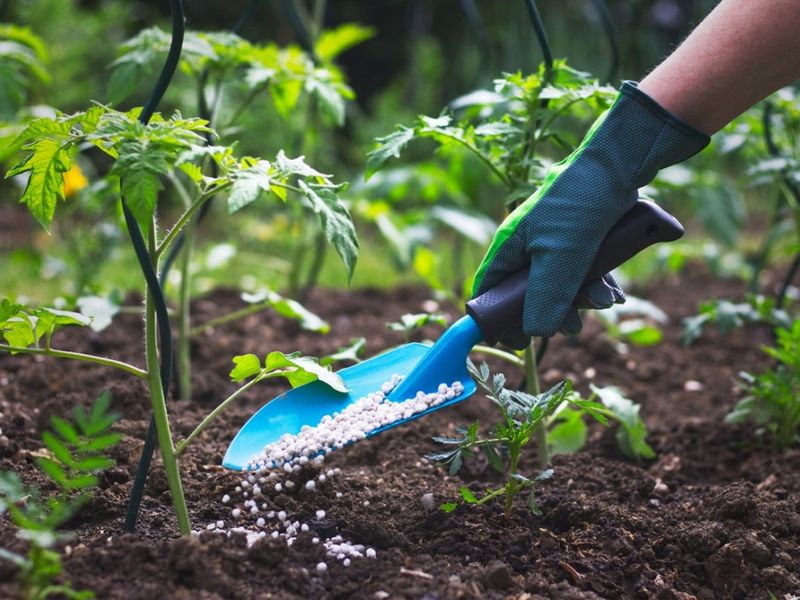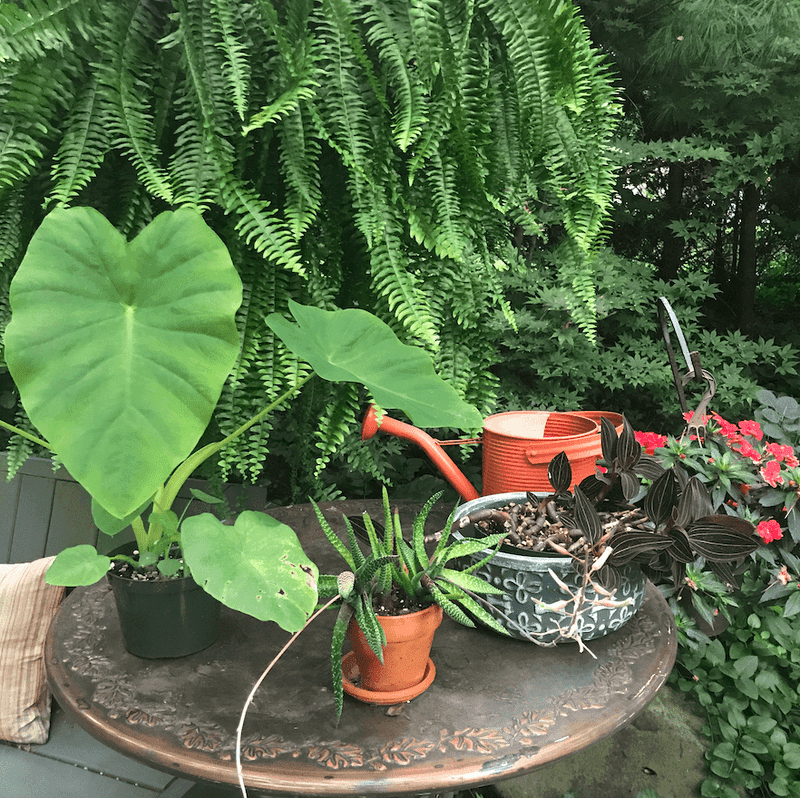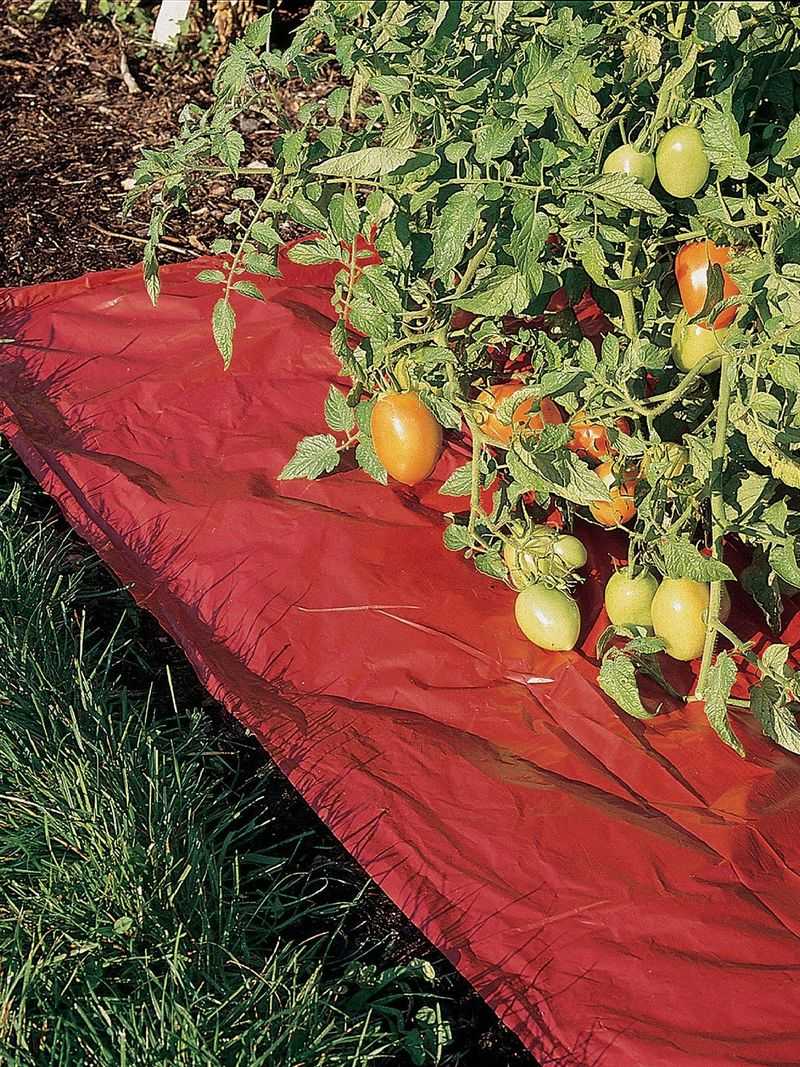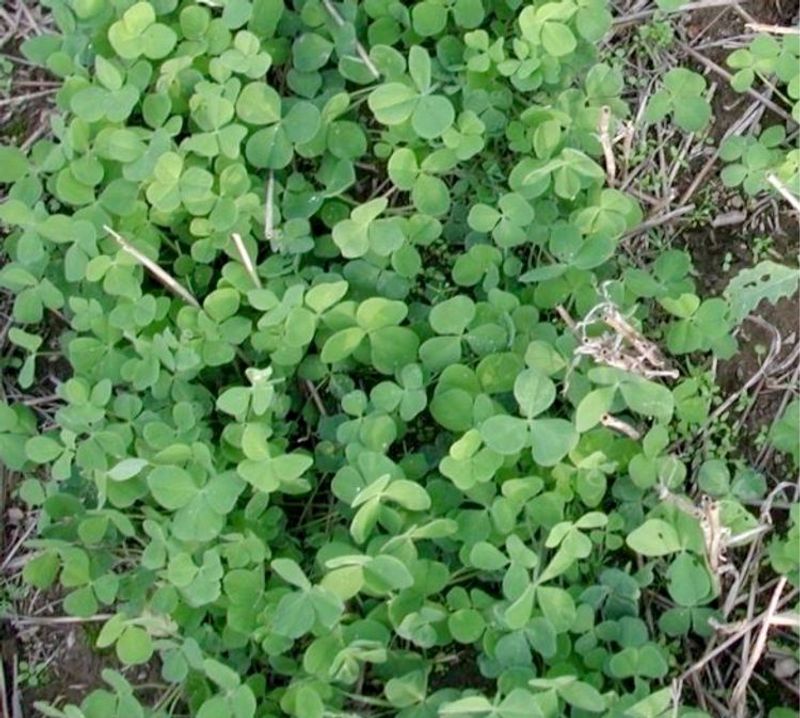Summer heat waves can feel relentless—not just for us, but for our gardens too. I’ve had days where I walk outside to find droopy tomato plants and scorched leaves, wondering if I watered enough or gave them enough shade. If you’ve ever felt that same frustration, you’re definitely not alone.
The good news? There are simple, effective ways to help your plants survive (and even thrive) through the hottest days. Small changes can make a huge difference. It’s all about working with the heat, not against it.
Here are the methods to beat the heat in your garden. These are things I’ve tested myself or picked up from other gardeners—practical tips that don’t require fancy gear or a massive budget.
1. Hydration Timing
Timing your watering routine can make a significant difference. Early morning is the best time to water your plants, as it allows moisture to soak into the soil before the sun’s heat evaporates it.
Avoid watering in the evening; it may cause fungal growth. I learned this technique last summer, and my garden was more resilient. Try to water at the base of the plants to minimize evaporation.
Using a soaker hose can be an excellent way to ensure even watering. This strategy not only conserves water but also ensures your plants receive the hydration they need.
2. Mulch Magic
Mulching is a simple yet effective way to conserve moisture in the soil. By covering the ground with organic materials like straw or wood chips, you can reduce evaporation and keep roots cool.
A thick layer of mulch acts like a protective blanket. I once skipped this step, and the results were noticeable. Select mulch that complements your garden’s aesthetic while being functional.
Regularly check the mulch layer to ensure it’s thick enough to be effective. Remember, mulch not only retains moisture but also suppresses weeds, offering dual benefits.
3. Shade Solutions
Providing shade for your plants during peak sunlight hours can prevent scorching. Temporary solutions like shade cloths or umbrellas can work wonders.
A friend of mine uses old bedsheets, and they’re surprisingly effective. Ensure the fabric allows air circulation to prevent overheating. Setting up these shades can be a fun DIY project, and your plants will thank you.
When installing, consider the sun’s path to optimize coverage. This method is especially useful for delicate plants that are prone to sunburn.
4. Wind Barriers
Wind can exacerbate the effects of heat by drying out plants more quickly. Creating wind barriers can protect your garden from this additional stress. Natural barriers like hedges or fences work well.
I planted a row of sunflowers as a windbreak, and it added beauty to the garden. Position barriers strategically to reduce wind speed and shield vulnerable areas.
Over time, these barriers can become integral parts of your landscape. They also offer additional privacy, making them a multifunctional solution.
5. Container Care
Containers can dry out more quickly than garden beds, so extra care is needed. Group pots together to create a microclimate that retains moisture.
This technique served me well when I had limited garden space. Choose light-colored containers to reflect heat and keep the soil cooler. Regularly check for drainage issues, as excess water can lead to root rot.
Elevate pots if necessary to ensure proper airflow. These simple adjustments can make a noticeable difference in the health of your container plants.
6. Soil Enrichment
Healthy soil retains moisture more efficiently. Enriching your garden with organic matter like compost enhances water retention and provides vital nutrients.
I noticed a marked improvement in plant growth after amending my soil. Regularly test soil moisture to ensure it meets your plants’ needs. Incorporate compost into the top layer, and let it work its magic.
Over time, this practice builds a resilient foundation for your garden. Rich soil supports a thriving ecosystem, promoting long-term health.
7. Smart Plant Choices
Selecting the right plants for your climate can make gardening during a heatwave more manageable. Choose drought-resistant varieties like succulents, which require less water.
I added lavender to my garden, and it thrived with minimal care. Research native plants that are adapted to your area’s conditions.
These choices reduce the workload and ensure your garden remains pretty. Mixing in some water-wise plants can also add diverse textures and colors. This thoughtful approach leads to a sustainable garden.
8. Water-Saving Techniques
Incorporating water-saving techniques can both conserve resources and keep your garden hydrated. Drip irrigation systems are particularly effective. I installed one and noticed significant water savings.
These systems deliver water directly to the plant roots, minimizing waste. Additionally, consider collecting rainwater for irrigation.
Even simple methods like using a hose with a shut-off nozzle help reduce water usage. By focusing on efficiency, you can maintain a healthy garden without excessive water consumption.
9. Regular Monitoring
Keeping a close eye on your garden helps identify problems early. Regularly check for signs of heat stress, such as wilting or leaf discoloration. I make it a routine to walk through my garden each morning.
Early detection allows for timely intervention. Adjust watering, provide extra shade, or move containers as needed.
Monitoring also helps you learn more about your plants’ unique needs. This proactive approach can prevent minor issues from becoming major problems.
10. Heat-Tolerant Varieties
Choosing heat-tolerant plant varieties can ensure your garden thrives despite the temperature. Peppers, eggplants, and okra are excellent options.
I planted these in my garden and was impressed by their resilience. Research which plants perform best in high heat for your specific region. Integrating these varieties adds reliability to your garden.
They offer the advantage of producing well even under stress. This strategy not only enhances your garden’s productivity but also reduces the need for constant care.
11. Adjust Fertilization
During extreme heat, adjusting your fertilization routine can be beneficial. Over-fertilizing can stress plants, so reduce the frequency during heat waves.
I learned this the hard way when my tomatoes showed signs of stress. Choose slow-release fertilizers that gradually supply nutrients. This method helps maintain plant health without overwhelming them.
Fertilizing in the early morning or evening is ideal. By aligning fertilization with temperature patterns, you support your garden’s resilience.
12. Relocation Of Sensitive Plants
Some plants are more sensitive to heat and may require relocation during the hottest periods. Move these pots to shaded areas or indoors.
I often shift my herbs when temperatures soar, and they bounce back beautifully. Be mindful of changing environmental conditions. Temporary relocation can make a significant impact on plant health.
This flexibility allows you to react to extreme weather promptly. Creating a plan for relocating sensitive plants can safeguard them against heat stress.
13. Reflective Mulching
This is a clever technique to deflect heat away from your plants. Using materials like white pebbles can significantly lower soil temperature.
I tried this around my roses, and the difference was noticeable. This method also adds aesthetic appeal to your garden. Choose reflective materials that suit your garden style.
Regularly check to ensure they remain effective. By incorporating reflective mulching, you create a cooler environment for plant roots, enhancing their ability to withstand heat waves.
14. Enhanced Air Circulation
Improving air circulation can prevent heat buildup around plants. Open up pathways, trim overgrown foliage, and consider using fans in enclosed spaces like greenhouses.
I installed a small fan in my greenhouse, and it made a big difference. Ensuring good airflow reduces the likelihood of overheating. Regularly pruning for ventilation enhances plant health.
This method helps maintain a balanced microclimate, even during peak heat. It’s a simple yet powerful way to boost your garden’s resilience.
15. Cover Crop Benefits
These offer multiple benefits during a heatwave. They provide shade, reduce soil temperature, and add organic matter when tilled back into the soil.
I planted clover as a cover crop, and it helped maintain soil moisture. Choosing the right cover crop depends on your garden’s needs. These plants can also suppress weeds and support beneficial insects.
By integrating cover crops, you enhance the soil’s resilience. This approach supports long-term garden health and productivity.

